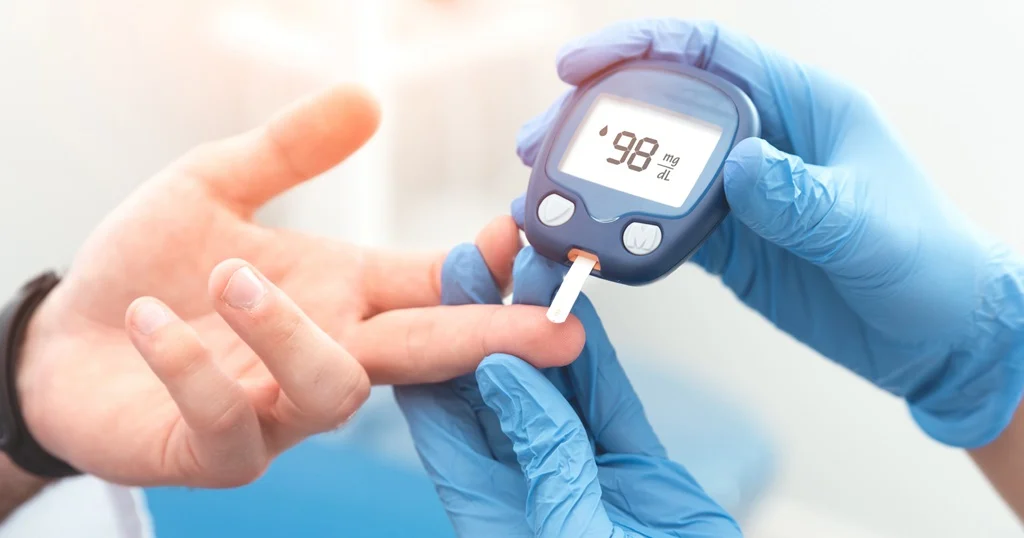


“Knowing when to start blood sugar testing becomes crucial for timely intervention and improved outcomes,” says Dr. Anu Gaikwad, HOD of Geriatric Medicine at DPU Super Specialty Hospital in Pune and Consultant Diabetologist.
Diabetes mellitus is commonly referred to as the “silent epidemic” since a considerable proportion of its patients are oblivious to their illness. According to studies, as many as 50% of people with Type 2 diabetes do not exhibit any symptoms at all, even when their blood sugar levels are high. Given the importance of early detection and therapy in averting diabetes-related complications, this presents a significant health concern.
People without symptoms of diabetes could not become aware of their condition until after consequences like kidney or heart disease develop.Thus, knowing when to begin blood sugar testing becomes essential for prompt intervention and better results.
When is the right time to start taking blood sugar tests?
People with a higher risk of acquiring diabetes are advised by the American Diabetes Association (ADA) to begin measuring their blood sugar levels at an early age. Those who are obese, have high blood pressure, have a family history of diabetes, or are over 45 are considered high-risk categories. Furthermore, there is a higher risk of Type 2 diabetes in individuals from specific ethnic origins, including African Americans, Hispanics, Native Americans, and Asian Americans.
For people with asymptomatic diabetes, what are the diagnostics available?
A straightforward fasting blood sugar test that gauges glucose levels following an overnight fast can be used for testing. The oral glucose tolerance test (OGTT), which measures blood sugar levels before and after a sweet solution is consumed at various times during the day, is another useful test. Two hours after the drink, if your blood sugar level is between 140 and 199 mg/dL, you are in the prediabetes stage; a measurement of more than 200 mg/dL implies diabetes.
The Haemoglobin A1c (HbA1c) Test is a standard component of all regular blood testing. It displays the mean blood sugar readings over the last several months. Your HbA1c level should be checked by a diabetologist if it is greater than 5.7.
Next is the Random Blood Glucose Test, which gauges blood glucose levels at any given moment, independent of the subject’s most recent meal. It can help you gauge your body’s propensity for blood glucose increases.
Another option would be to have your blood tested for autoantibodies. These antibodies, however, unintentionally target and assault the body’s own organs or tissues.
To find out if there is glucose in the urine, do a quick urine test. Red flag status is a high level.
It’s important to remember, though, that suggestions may change depending on personal health profiles. Individuals who have a high family history of diabetes or extra risk factors might need to start blood sugar testing early.